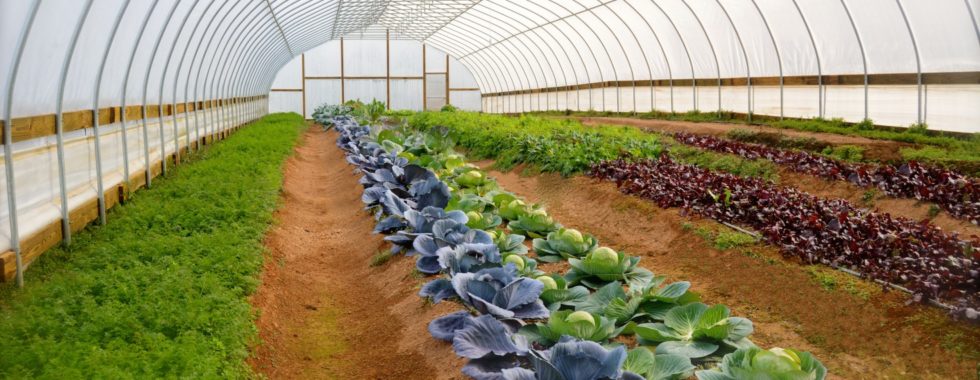Gear up for a more sustainable farming future
To be successful in farming, the modern farmer needs to adapt swiftly, not only to the ever-changing larger Agri-economic environment, but also to rapid and severe changes in the physical environment, where bare essential natural resources are significantly less predictable and stable than ever before.
Sustainability rests on the principle that we must meet the needs of the present without compromising the ability of future generations to meet their own needs.
In other words, we have to balance our need for profits, and outputs to satisfy our market, with the need to conserve our natural resources in such a manner that it is not unnecessarily harmed. Sustainable agriculture is one that produces abundant food without depleting the earth’s resources or polluting its environment.
Farming practices must therefore (i) protect the long-term productivity of the land, (ii) ensure profitable yields and (iii) enhance the well-being of farmers and farm workers
The problem for most farmers is there is too much of their wealth invested in things that ‘rust, rot and depreciate’ and not enough invested in things that grow, add value and reproduce themselves.” – Allan Nation, The Stockman Grassfarmer, 1995
DID YOU KNOW?
– 40% of chemicals used are released into the atmosphere as ammonia
– 60% less fossil fuel is used in organic small scale farming than in conventional farming
– Agricultural GHG emissions, make up about 25% of global GHG emissions
– The WRI estimates that we would need about 70% more food in 2050 than we have today in order to provide every one of the 9.6 billion world population with a daily intake of 3,000 calories.
– 50% of all food goes to waste between harvest and ending up with the consumer, of which, in developing countries, 40% is lost in agriculture.
– Only 12 plant species makes up for 80% of plant based food production. Over the years an estimated 75% of economically useful plant cultivars have vanished from the world’s farms.
– Agriculture accounts for 70% of global freshwater consumption
– 40% of today’s global population works in agriculture, making it the single largest employer in the world
– Organic farming typically requires 2.5 times more labor than conventional farming, but it yields 10 times the profit
WHOLE FARM PLANNING
The principle of ‘begin with the end in mind’ applies to farmers interested in farming sustainably. Farmers who use a Whole Farm Planning approach are in a good position to maintain or improve profitability while enhancing their sustainability. A farmer needs to ensure that his production plan synergizes all actions related to the (i) management of inputs (natural resources; equipment; human resource; financial; legislative); (ii) the processing or production phase (planning a farm site; natural resource management plan; optimising farm systems;) as well as (iii) directing outputs (producing products aimed at specific markets, adhering to food safety and food security principles).
The SAI (Sustainable Agriculture Initiative Platform) provides a clear guideline for farmers who wish to plan the transition to sustainable farming according to the Whole Farm Planning approach. The SAI guideline provides for a self-assessment and scoring against 18 codes of good practice, whilst simultaneously provides practical guidelines for making the transition.
The eighteen codes include:
| Legal compliance
Financial sustainability Farm Management Labour Conditions Health and Safety Local Community up liftment |
Planting
Soil Management Nutrient Management Crop Protection Agro-chemicals Market Access |
Waste Management
Water Management Biodiversity Air Greenhouse gas emissions
|
